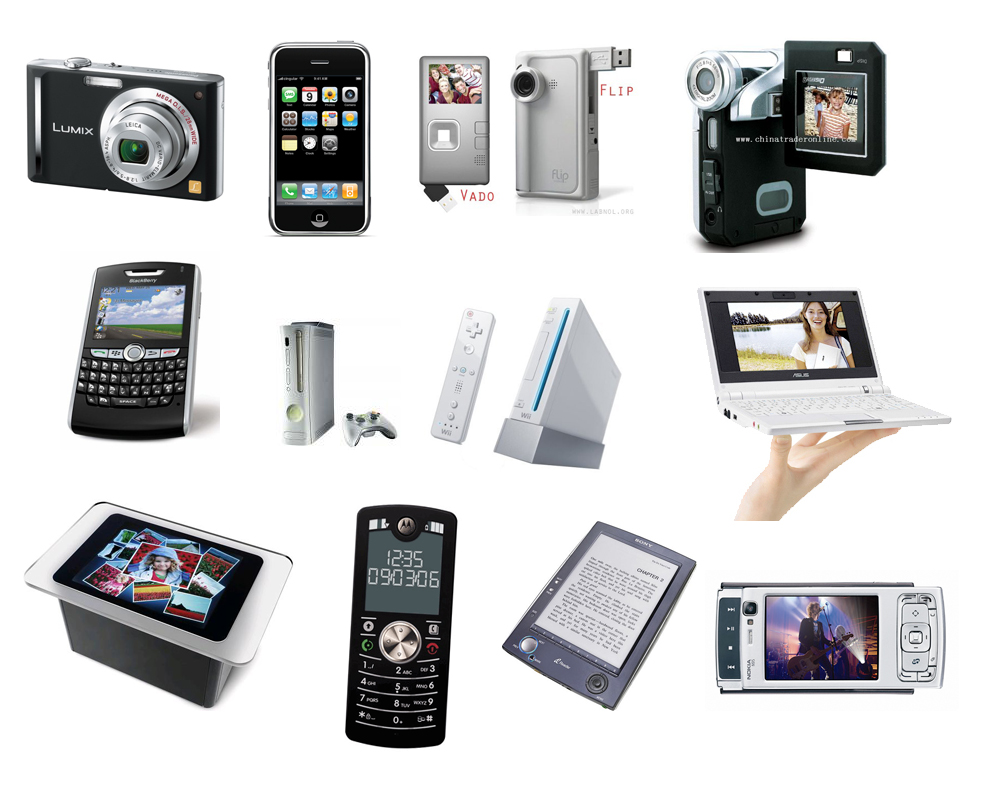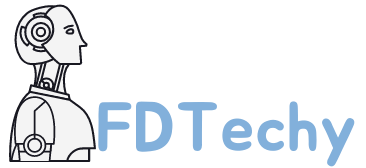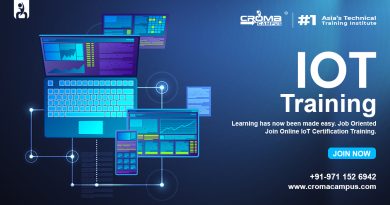16 communication technology examples
Professionals need communication to share and share ideas and information. Today’s technological advancements have made it fast and easy to communicate with almost anyone around the world. With the large amount of communication technology tools and programs available, it can be difficult to understand which one to use and when.
In this article, we explain communication technology and list 16 examples of it you can use at work.
What is communication technology?
Communication generation is any virtual device you could use to ship and get hold of information. This era may also consist of software, laptop programs, gadgets, and messaging systems. They often allow people to connect from anywhere in the world.

Here are 16 examples of communication technology you may encounter or use at work:
1. Phone
The phone is one of the basic communication technologies readily available to most professionals. You can use a landline phone in your office, a smartphone while traveling, and internet calling on a computer. Most telephones have communique functions that cross past sending and receiving voice calls, which include voice mail, convention calling, and recording capabilities. Smartphones also allow you to perform basic work duties if you have an Internet connection available, such as writing emails, posting on social media, and reviewing documents.
2. Email
One of the most popular forms of communication technology is email. People have been using email to send messages and files over the Internet for decades. Now unlike traditional mail, email is delivered instantly to the recipient’s mailbox. You can use email throughout the day to communicate with colleagues or clients, send and receive invoices, and share text or image files quickly and easily.
3. Blogs
in this blogs are websites where people can share content, or posts, for other people to read. Blogs may be publicly available to anyone with a link to the website or accessible only with a subscription. Individuals can use personal blogs to share information about their hobbies and life. Some gain enough popularity to earn money from ads and affiliates. Companies can use blogs to promote their brands and gain publicity. Blogs can contain not only text but also images, videos, infographics, links and advertisements.
4. Social media
It is the earliest platform which were introduced in the late 20th century, allow users to share their experiences and opinions with a worldwide audience. They also make it easy for people to interact with other users on each platform. Today, most professionals and companies have corporate social media accounts that they use for branding, marketing and communication. Through these platforms, they can share business or product updates, engage and grow their audience and stream videos and presentations.
5. Vlogs
Basically there are visual versions of blogs. Instead of posting text, vloggers upload simple videos of themselves sharing their thoughts or explaining how to do something. Vloggers commonly use a digital digicam on their pc or tool or a hand-held digital digicam to document themselves announcing or doing something. You can use vlogs to:
Increase brand awareness.
Grow your following.
Engage with your audience.
Monetize your content.
Share product launches and business updates
6. Podcast
the Podcasts are audio-based forms of communication. Creators can record themselves discussing a topic or telling a story, then upload and store the audio online. Listeners can download podcasts to listen to on their devices. Successful podcasts are often those that focus on a specific topic with a dedicated audience, such as crime or politics. A feature that makes podcasts so popular is that listeners can download and listen to them whenever they want. You can use podcasts to discuss a topic you’re an expert on or to promote your brand.
7. Live Stream
Live streaming is similar to vlogging but happens in real time. Individuals or companies launch live videos on platforms such as blogs, social media or other video hosting websites. Viewers can comment on videos as they stream, and the host can quickly answer their questions. You can use live streaming to engage with your audience, explain how to use a product or broadcast presentations and events.
8. Online chat
Web chat offers users a form of instant communication. People use chat software on social media and business communication platforms to communicate with friends, family and colleagues. Businesses often add chat support features to their websites to help them answer customer questions quickly. You can use online chat as a more comfortable way to communicate with coworkers than email.
9. Web Conferencing
Conferencing technology makes it easy for employees to communicate with each other regardless of where they are. Most live conference technology includes both audio and video feeds of participants. Other capabilities encompass laptop display sharing competencies. You can use web conferencing platforms to collaborate remotely, deliver live lectures and meet with long-distance clients.
10. Texting
Short message services (SMS), or texting, allow individuals to send short messages or images through their smartphones. This popular and informal communication technique is useful if you are unable to call or email someone. For example, if you need to send an update or confirmation to a colleague or client during a meeting, you can send them a quick text.
11. Joint Calendars
Calendar sharing services allow users to invite coworkers or clients to view their calendars and, in some cases, add or edit them. This form of communication helps teams coordinate their work schedules and plan tasks based on each individual’s availability. Teams can also use shared calendars for project management purposes and to help employees manage meetings and appointments.
12. Forums
A group forum is an online platform where people can post and answer questions. Forums are often organized by topic, allowing users to discuss common interests or solve common problems. For example, an IT professional might ask for coding advice in a discussion forum about HTML. One advantage of forums is that they have conversation records so you can track group progress and search for specific information.
13. Wikis
A wiki is a website for crowdsourcing information, where any member can view, add, or edit content. You can install non-public wikis at your branch or organization on many enterprise communications platforms. Your team can add information to relevant wikis to create a shared knowledge base for all members to reference.
14. Collaborative Documents
Collaborative documents, such as virtual whiteboards and online word processors, allow multiple people to work on the same document. Multiple people can access, edit and comment on a file simultaneously. These tools are useful for teams that create and edit content and can help them produce an accurate and cohesive final product.
15. Wearable Technology
You can wear a variety of wearable technology on your body to make communication faster, easier and hands-free. Smart watches, for example, respond to the wearer’s voice commands to answer questions, make phone calls, send meeting reminders and take notes. This technology is useful for professionals who travel frequently, are away from their computers and multitask many projects. Other examples of wearable technology in the workplace include smart glasses and exercise bracelets.
16. Smart speaker
You can place a smart speaker in your home or office to act as a voice-activated personal assistant. By voice commands, you may ask the tool questions or ask it to carry out obligations inclusive of scheduling a meeting, calling a customer or including an object on your venture list. They make work and communication more efficient, especially for professionals who work remotely or juggle multiple responsibilities.




